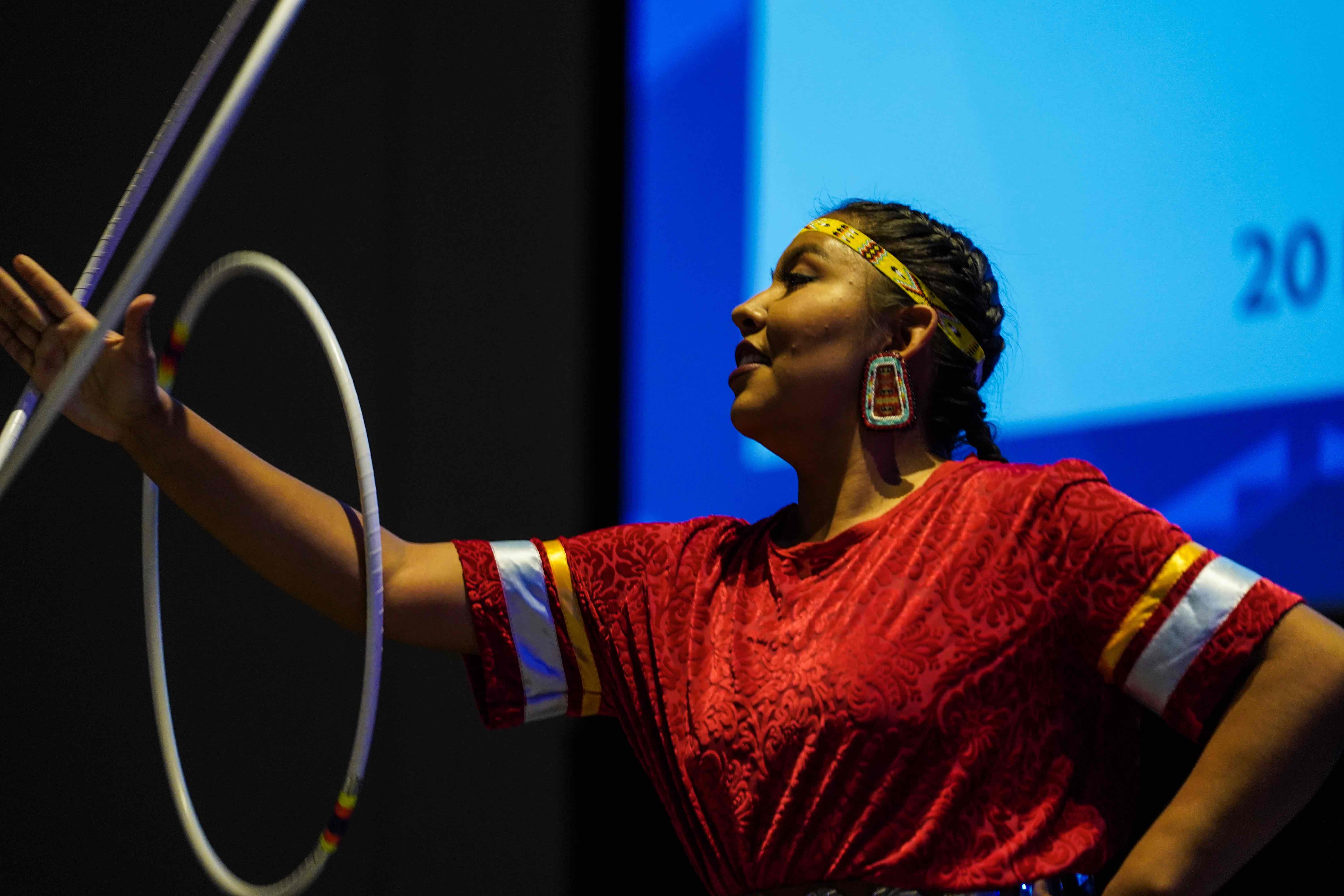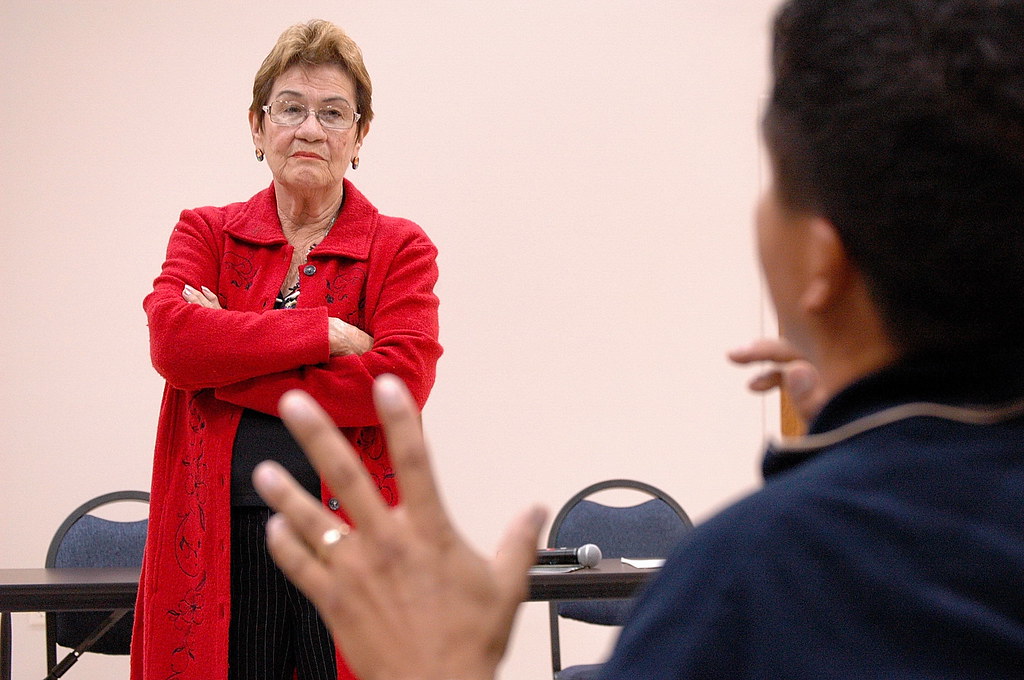Indianz.Com > News > Tim Giago: Honoring the professors and Native journalists who paved the way

Notes from Indian Country
Honoring the professors and Native journalists who paved the way
Monday, September 21, 2020
It seems that this past year has been a terrible one filled with the loss of some great American journalists and journalism professors, Native and Non-Native.
First off we lost Professor Bill Dulaney of Penn State University who worked side-by-side with Loren Tapahe, Navajo Times and I to create the Native American Journalists Association. He used all of his connections with the Gannett Foundation to secure the funds to get NAJA off of the ground.
Next we lost Professor Dick Lee of the South Dakota State University School of Journalism. Dick called one day and asked if we could sit down and discuss the role Native American journalists play in our society. He traveled to the Pine Ridge Reservation to visit me at my newspaper and he then joined the Native American Journalists Association to learn more and attended every one of our annual conventions sharing his years of journalism experience with our young Native journalists.
To have Dulaney and Lee at our annual meetings was truly a gift. Both said they learned more from us (Natives) than we did from them. I suppose it did work both ways because like so many white Americans, Dulaney and Lee knew very little about Native Americans and we were just cutting our teeth in the field of journalism so the tradeoff was mutual.
Adrian Louis was a Paiute from Nevada. He ended up in South Dakota because he was a fan of my then newspaper the Lakota Times and he called me one day asking if I had room for another reporter. I did and I hired him on the spot. He joined my newspaper and along the way worked his way up to managing editor. Louis had a dry, unique sense of humor. He wrote a column one time about watching white sheets hanging on a clothesline and described the way they took on different forms as they waved in the early spring wind. The column said nothing and yet it said everything. Louis went on to teach journalism at a college in Minnesota and that is where he passed away.


Contact Tim Giago at najournalist1@gmail.com
Note: Content © Tim Giago
Search
Filed Under
Tags
More Headlines
House Subcommittee on Oversight and Investigations holds hearing on cartels in Indian Country
Native America Calling: Tribal broadcasters scramble; Native higher ed leaders fight to keep funding
‘We’re frustrated’: Lawmakers press Indian affairs nominee on key issues
Cronkite News: Fires cause problems for Grand Canyon’s tourist economy
Press Release: Oklahoma City Indian Clinic receives health awards
AUDIO: Confirmation hearing for William “Billy” Kirkland to be Assistant Secretary for Indian Affairs
VIDEO: Confirmation hearing for William “Billy” Kirkland to be Assistant Secretary for Indian Affairs
NAFOA: 5 Things You Need to Know this Week (July 21, 2025)
Press Release: National Congress of American Indians continues to oppose racist imagery in sports
Chuck Hoskin: Cherokee Nation prepares for the future of public safety
Native America Calling: Tribes confront resource-intensive drive of Artificial Intelligence
Statement: Corporation for Public Broadcasting on elimination of federal funding
Native America Calling: Native Bookshelf with Tanya Talaga
Native America Calling: Where Donald Trump finds support among Native Americans
AUDIO: Subcommittee Markup of Fiscal Year 2026 Interior, Environment, and Related Agencies Bill
More Headlines
Native America Calling: Tribal broadcasters scramble; Native higher ed leaders fight to keep funding
‘We’re frustrated’: Lawmakers press Indian affairs nominee on key issues
Cronkite News: Fires cause problems for Grand Canyon’s tourist economy
Press Release: Oklahoma City Indian Clinic receives health awards
AUDIO: Confirmation hearing for William “Billy” Kirkland to be Assistant Secretary for Indian Affairs
VIDEO: Confirmation hearing for William “Billy” Kirkland to be Assistant Secretary for Indian Affairs
NAFOA: 5 Things You Need to Know this Week (July 21, 2025)
Press Release: National Congress of American Indians continues to oppose racist imagery in sports
Chuck Hoskin: Cherokee Nation prepares for the future of public safety
Native America Calling: Tribes confront resource-intensive drive of Artificial Intelligence
Statement: Corporation for Public Broadcasting on elimination of federal funding
Native America Calling: Native Bookshelf with Tanya Talaga
Native America Calling: Where Donald Trump finds support among Native Americans
AUDIO: Subcommittee Markup of Fiscal Year 2026 Interior, Environment, and Related Agencies Bill
More Headlines